[press release]
National Postal Museum To Open Alexander Hamilton Exhibition
Original Hamilton–Burr Dueling Pistols on Rare Public Display 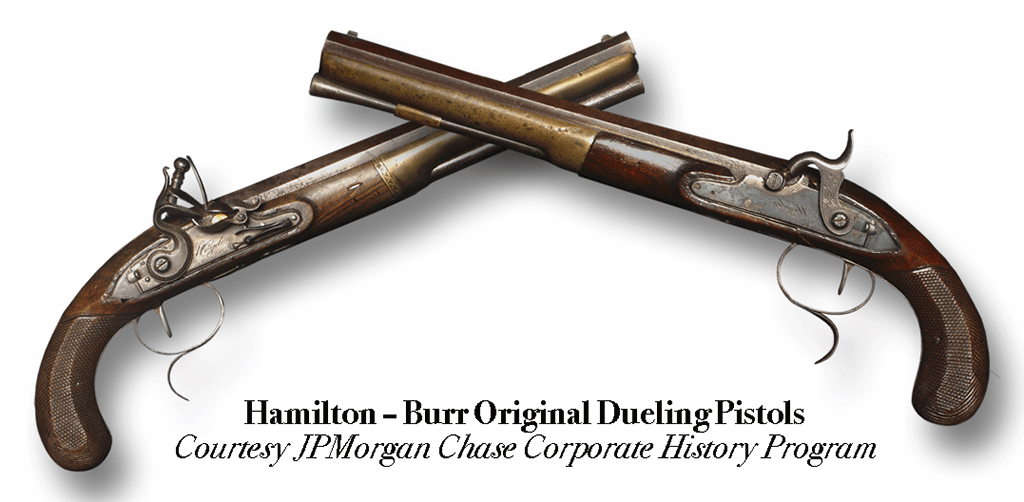 The pistols used in the infamous 1804 duel between Alexander Hamilton and Aaron Burr will be on display May 25 through June 24 at the Smithsonian’s National Postal Museum. They are featured in the exhibition “Alexander Hamilton: Soldier, Secretary, Icon,” along with mail, portraits, and postage and revenue stamps reflective of Hamilton’s life and career as the first U.S. treasury secretary.
The pistols used in the infamous 1804 duel between Alexander Hamilton and Aaron Burr will be on display May 25 through June 24 at the Smithsonian’s National Postal Museum. They are featured in the exhibition “Alexander Hamilton: Soldier, Secretary, Icon,” along with mail, portraits, and postage and revenue stamps reflective of Hamilton’s life and career as the first U.S. treasury secretary.
The full exhibition remains on view through next March. Its opening in late May is set to coincide with the June opening of the hit Broadway play, Hamilton: An American Musical, at the Kennedy Center in Washington, D.C.
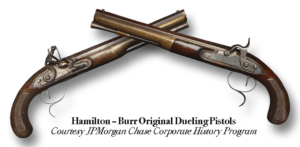 The original dueling pistols used by Hamilton, former secretary of the treasury and retired two-star general, and Vice President Aaron Burr in the duel that resulted in Hamilton’s death are on loan to the museum from JPMorgan Chase & Co. This rare public showing represents the first time the pistols have been on public display in the Washington area.
The original dueling pistols used by Hamilton, former secretary of the treasury and retired two-star general, and Vice President Aaron Burr in the duel that resulted in Hamilton’s death are on loan to the museum from JPMorgan Chase & Co. This rare public showing represents the first time the pistols have been on public display in the Washington area.
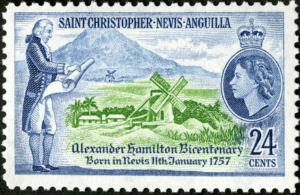 Hamilton was born on the British Caribbean island of Nevis in 1755, deserted by his father at age 11 and raised by his mother who died when he was 13. Shortly after his arrival in New York in 1772, long-simmering tensions between Great Britain and its North American colonies erupted into open war. An orphan with few influential connections, Hamilton saw the American Revolution as an opportunity for rapid social advancement. He committed to the revolution and decided he and America would sink or swim together.
Hamilton was born on the British Caribbean island of Nevis in 1755, deserted by his father at age 11 and raised by his mother who died when he was 13. Shortly after his arrival in New York in 1772, long-simmering tensions between Great Britain and its North American colonies erupted into open war. An orphan with few influential connections, Hamilton saw the American Revolution as an opportunity for rapid social advancement. He committed to the revolution and decided he and America would sink or swim together.
In the 215 years since his untimely death at 39 in the duel with Burr, Hamilton has become an American icon. Stamps, money, movies, television miniseries, and now a hit Broadway musical, commemorate his meteoric rise and his sweeping vision for America’s future.
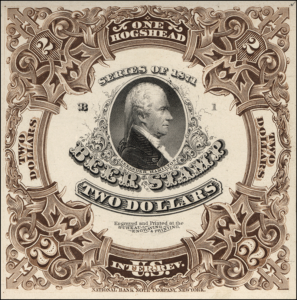 “In a Federalist-style gallery within the museum’s William H. Gross Stamp Gallery, visitors will see objects highlighting Hamilton’s extraordinary influence on our country,” said Elliot Gruber, director of the museum. “Visitors of all ages will be drawn in to the man behind the musical that is sweeping the nation.”
“In a Federalist-style gallery within the museum’s William H. Gross Stamp Gallery, visitors will see objects highlighting Hamilton’s extraordinary influence on our country,” said Elliot Gruber, director of the museum. “Visitors of all ages will be drawn in to the man behind the musical that is sweeping the nation.”
A beer tax stamp from the Museum’s collection is shown on the left.
In a scene that is scarcely imaginable today, on July 11, 1804, Burr killed Hamilton in a duel. Burr had lost the U.S. presidential election of 1800 and the New York governor’s race of 1804. He blamed Hamilton’s outspoken opposition for both losses—especially a letter attributed to Hamilton and published in the Albany Register that referred to Burr as “despicable.” Burr then issued the challenge to a duel, which was set for a location outside New York City in nearby New Jersey.
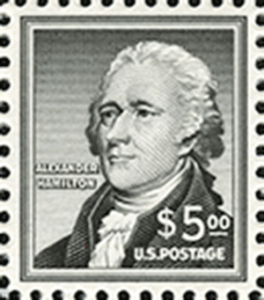 The pair of flintlock pistols have been described by Hamilton scholar and author Ron Chernow as having “the best claim to authenticity” as the pistols used in the famous duel.
The pair of flintlock pistols have been described by Hamilton scholar and author Ron Chernow as having “the best claim to authenticity” as the pistols used in the famous duel.
Made of walnut, brass and gold, and each weighing several pounds, the pistols were manufactured in England by the celebrated gunsmith Robert Wogdon. They were owned by Hamilton’s brother-in-law, John Barker Church, who had himself dueled with Burr in 1799 over a different matter (and using a different set of pistols).
Far from vindicating himself as he had hoped, Burr instead became a pariah. Indicted for the capital crime of murder in both New York and New Jersey, he was forced into hiding. President Thomas Jefferson dropped him from the Democratic–Republican presidential 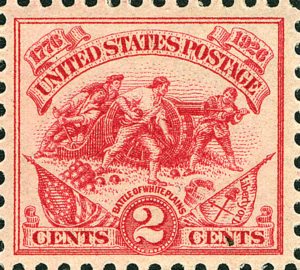 ticket, and later ordered Burr’s arrest on treason charges stemming from an alleged plot to set up an independent country in the Louisiana Purchase territories. Burr was eventually acquitted of murder, dueling and treason, and he resumed a modest law practice in New York but died bankrupt and living in a Staten Island boarding house in 1836.
ticket, and later ordered Burr’s arrest on treason charges stemming from an alleged plot to set up an independent country in the Louisiana Purchase territories. Burr was eventually acquitted of murder, dueling and treason, and he resumed a modest law practice in New York but died bankrupt and living in a Staten Island boarding house in 1836.
“History remembers Alexander Hamilton as the pioneering first secretary of the treasury, but he was also responsible for the Post Office Department,” said Daniel Piazza, chief curator of philately. “He used the mail to collect import and export data from customs officers all over the country, and his ability to interpret this data made Hamilton the best informed member of Washington’s first Cabinet.”
About the Smithsonian’s National Postal Museum
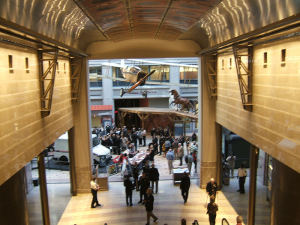 The National Postal Museum is devoted to presenting the colorful and engaging history of the nation’s mail service and showcasing one of the largest and most comprehensive collections of stamps and philatelic material in the world. It is located at 2 Massachusetts Ave. N.E., Washington, D.C., across from Union Station. The museum is open daily from 10 a.m. to 5:30 p.m. (closed Dec. 25). For more information about the Smithsonian, call (202) 633-1000 or visit the museum website at www.postalmuseum.si.edu.
The National Postal Museum is devoted to presenting the colorful and engaging history of the nation’s mail service and showcasing one of the largest and most comprehensive collections of stamps and philatelic material in the world. It is located at 2 Massachusetts Ave. N.E., Washington, D.C., across from Union Station. The museum is open daily from 10 a.m. to 5:30 p.m. (closed Dec. 25). For more information about the Smithsonian, call (202) 633-1000 or visit the museum website at www.postalmuseum.si.edu. 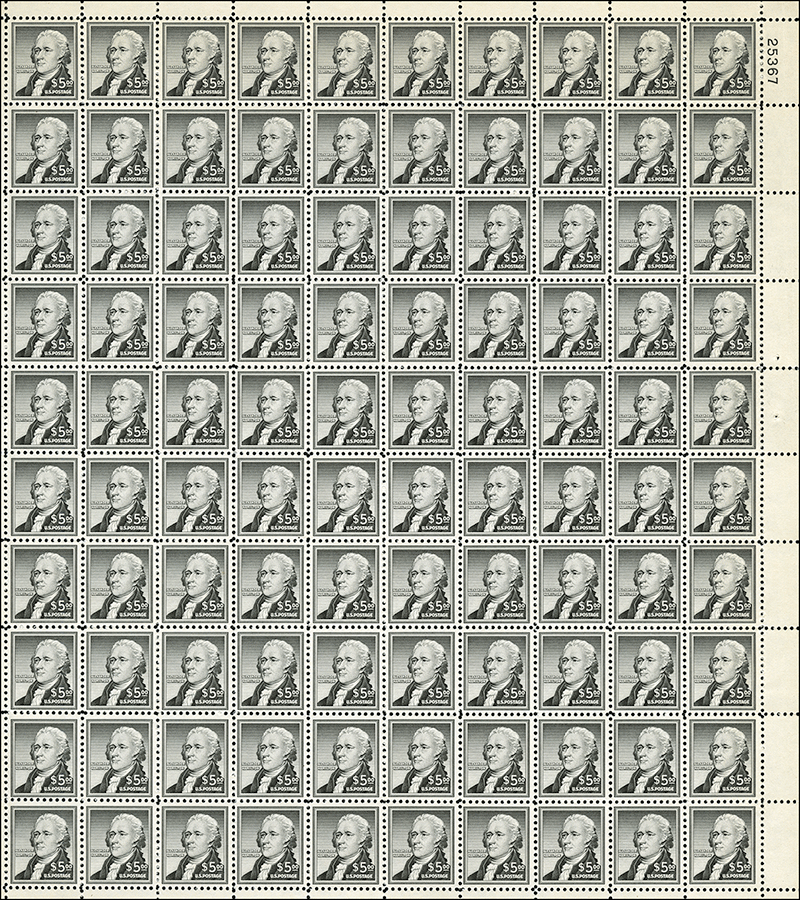
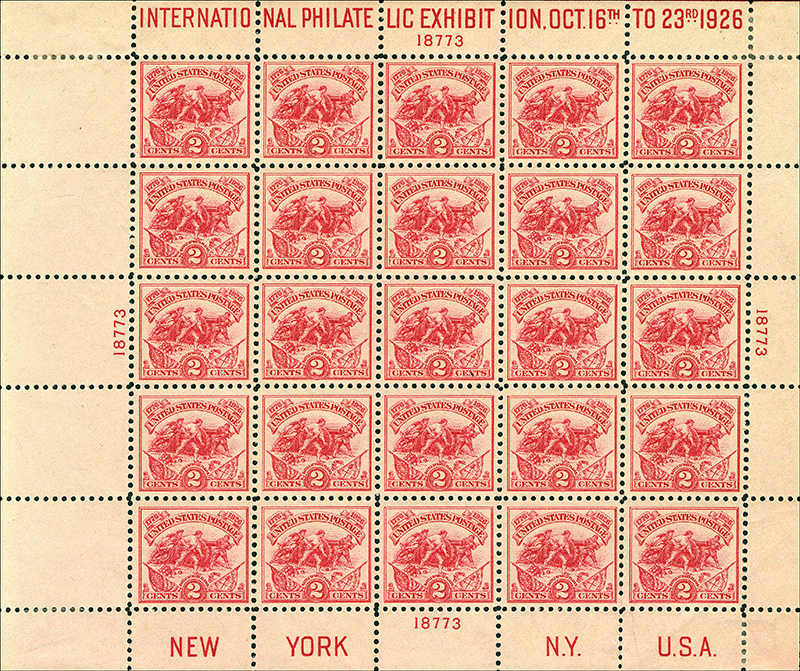
 Homemade love is in the air at the Smithsonian National Postal Museum’s annual Valentine’s Day Card Workshop! Perfect for visitors of all ages, this open-house event will be held from 10:00 a.m. – 4:00 p.m. on both Saturday & Sunday, Feb. 9 & 10.
Homemade love is in the air at the Smithsonian National Postal Museum’s annual Valentine’s Day Card Workshop! Perfect for visitors of all ages, this open-house event will be held from 10:00 a.m. – 4:00 p.m. on both Saturday & Sunday, Feb. 9 & 10.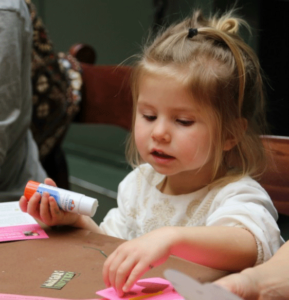 The museum provides a bountiful spread of patterned papers, rubber stamps and postage stamps for decoration, gems and other 3-D embellishments, special cut-out scissors, washi tape, stickers, markers of every color (with a surplus of red and pink!) and more! Following their own creative instincts, kids and adults can choose whichever supplies they would like to design one-of-a-kind Valentine greetings. In keeping with educating children about the Postal Service and how mail works, kids can mail their cards right from the museum — there’s a post office in the building! Visitors are also encouraged to explore the whole museum and everything else it has to offer!
The museum provides a bountiful spread of patterned papers, rubber stamps and postage stamps for decoration, gems and other 3-D embellishments, special cut-out scissors, washi tape, stickers, markers of every color (with a surplus of red and pink!) and more! Following their own creative instincts, kids and adults can choose whichever supplies they would like to design one-of-a-kind Valentine greetings. In keeping with educating children about the Postal Service and how mail works, kids can mail their cards right from the museum — there’s a post office in the building! Visitors are also encouraged to explore the whole museum and everything else it has to offer!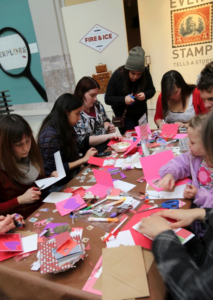 The workshop takes place in the museum’s lower-level Atrium, which, for those new to the National Postal Museum, is full of various postal transports from over the years, including a real train car, semi-truck (yes, kids can climb in and pretend to drive!), a horse-drawn carriage and airplanes hanging from the ceiling. The layout of the card-making stations and supply tables fosters sharing, friendliness and a sense of community. And the museum’s pleasant staff and volunteers are always available to answer questions, provide examples of completed cards, or help in any other way!
The workshop takes place in the museum’s lower-level Atrium, which, for those new to the National Postal Museum, is full of various postal transports from over the years, including a real train car, semi-truck (yes, kids can climb in and pretend to drive!), a horse-drawn carriage and airplanes hanging from the ceiling. The layout of the card-making stations and supply tables fosters sharing, friendliness and a sense of community. And the museum’s pleasant staff and volunteers are always available to answer questions, provide examples of completed cards, or help in any other way!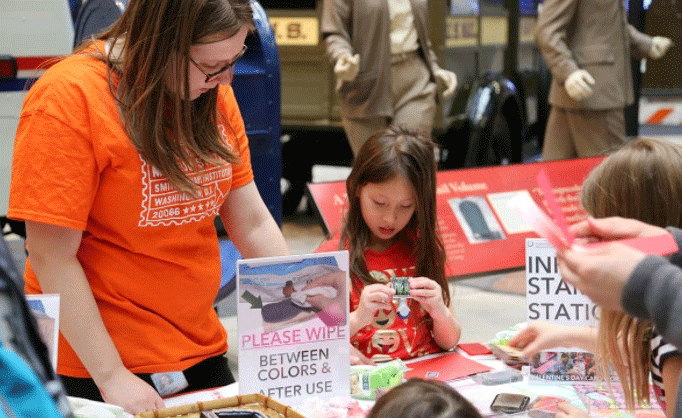

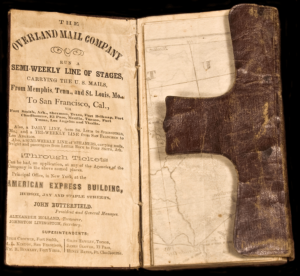 The Smithsonian’s National Postal Museum will host the 15th Maynard Sundman Lecture Wednesday, Oct. 10, from noon to 1 p.m. in the museum’s Discovery Center. Admission is free, with no reservation required. Glen Sample Ely, author of The Texas Frontier and the Butterfield Overland Mail, 1858–1861, will discuss the nation’s first transcontinental mail service from St. Louis to San Francisco. A book signing will take place immediately following the lecture.
The Smithsonian’s National Postal Museum will host the 15th Maynard Sundman Lecture Wednesday, Oct. 10, from noon to 1 p.m. in the museum’s Discovery Center. Admission is free, with no reservation required. Glen Sample Ely, author of The Texas Frontier and the Butterfield Overland Mail, 1858–1861, will discuss the nation’s first transcontinental mail service from St. Louis to San Francisco. A book signing will take place immediately following the lecture.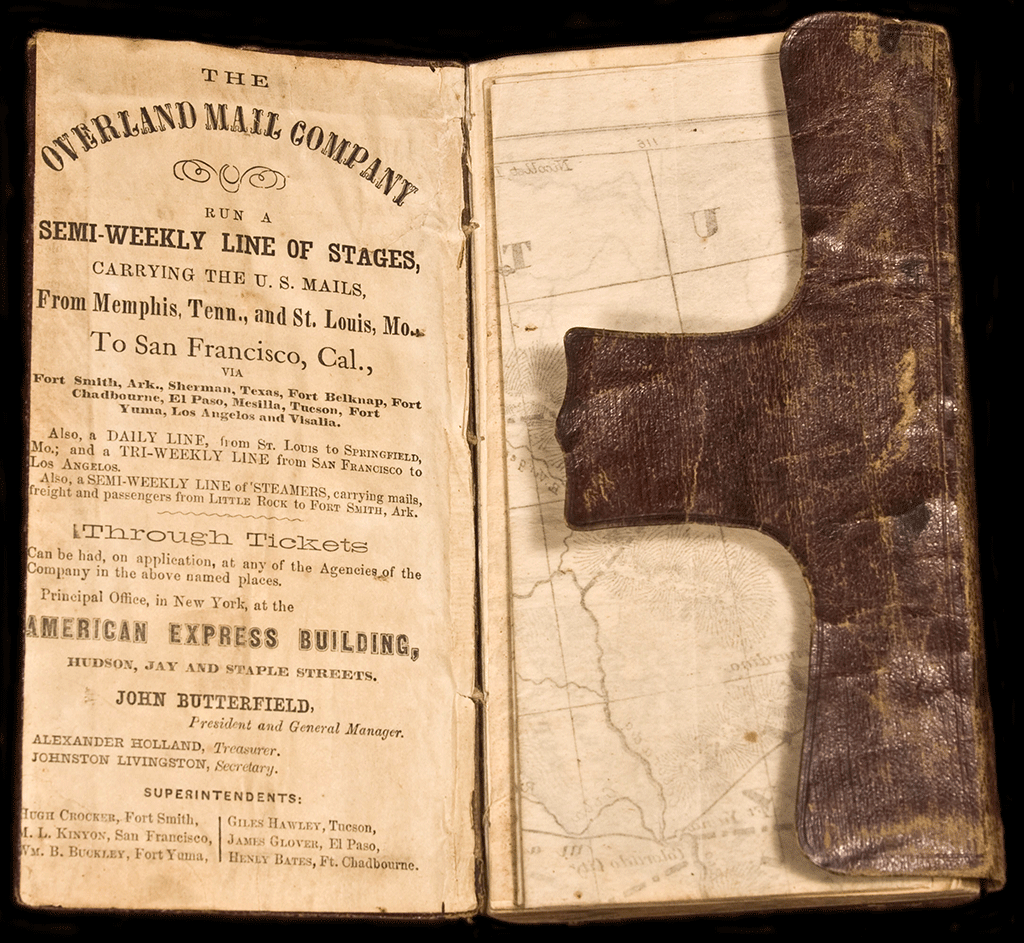
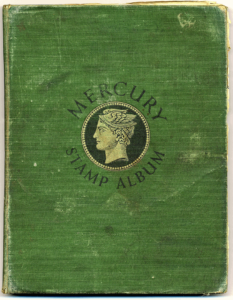 “John Lennon: The Green Album” opened Sept. 7 at the Smithsonian’s National Postal Museum and coincides with the U.S. Postal Service’s issuance of the
“John Lennon: The Green Album” opened Sept. 7 at the Smithsonian’s National Postal Museum and coincides with the U.S. Postal Service’s issuance of the 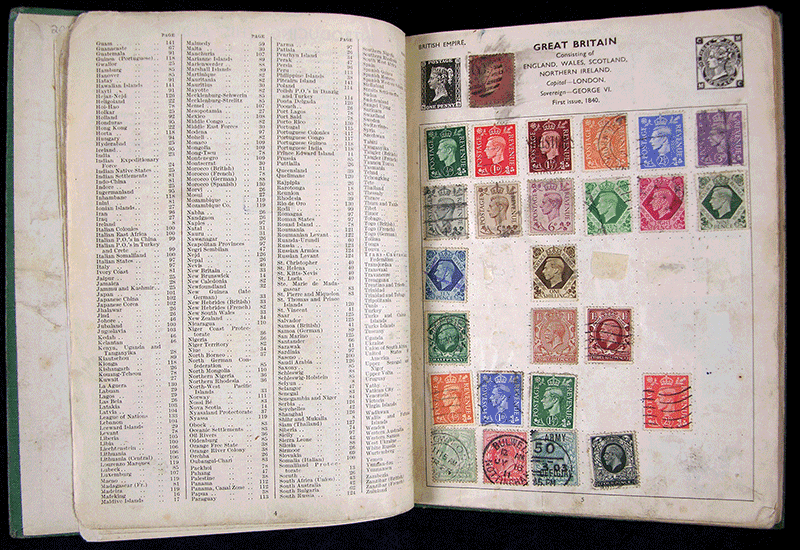 Years before his rise to fame as a musician and member of the Beatles, Lennon was a schoolboy in Liverpool, England, when his older cousin, Stanley Parkes, inspired Lennon’s interest in stamp collecting and gave him his stamp album. Lennon rubbed out Parkes’
Years before his rise to fame as a musician and member of the Beatles, Lennon was a schoolboy in Liverpool, England, when his older cousin, Stanley Parkes, inspired Lennon’s interest in stamp collecting and gave him his stamp album. Lennon rubbed out Parkes’ 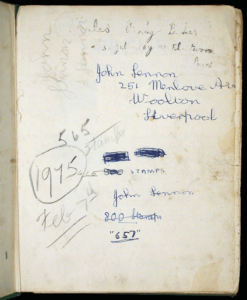 name and address on the album’s flyleaf, replacing it with his own signature and the address at Mendips, the home he shared with his aunt Mary (“Mimi”) Smith and her husband George. Already a budding artist, Lennon sketched beards and mustaches in blue ink of the likenesses of Queen Victoria and King George VI on the album’s title page. Lennon continued to collect and trade stamps for several years after receiving this album. According to Parkes, Lennon began collecting at about age 9 and actively collected stamps for several years. There is evidence throughout the album that Lennon added and removed stamps. Lennon’s handwritten notes on the flyleaf indicate the album may have contained as many as 800 stamps at some point.
name and address on the album’s flyleaf, replacing it with his own signature and the address at Mendips, the home he shared with his aunt Mary (“Mimi”) Smith and her husband George. Already a budding artist, Lennon sketched beards and mustaches in blue ink of the likenesses of Queen Victoria and King George VI on the album’s title page. Lennon continued to collect and trade stamps for several years after receiving this album. According to Parkes, Lennon began collecting at about age 9 and actively collected stamps for several years. There is evidence throughout the album that Lennon added and removed stamps. Lennon’s handwritten notes on the flyleaf indicate the album may have contained as many as 800 stamps at some point.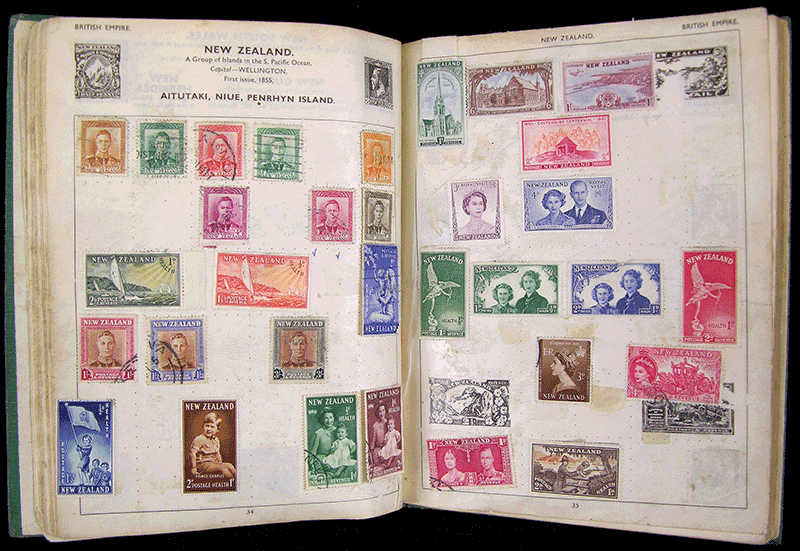
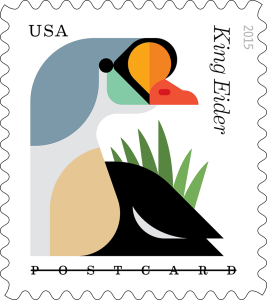 The first week in May marks National Postcard Week. Early in the 20th century, postcard enthusiasts sent “Postcard Day” postcards on May 1st, but the modern observance began in 1984 as a way to promote postcard collecting and sending. Don’t toss that shoebox of old postcards you found in grandma’s attic-they tell stories about the past and can be valuable. And people always like to get personal mail these days.
The first week in May marks National Postcard Week. Early in the 20th century, postcard enthusiasts sent “Postcard Day” postcards on May 1st, but the modern observance began in 1984 as a way to promote postcard collecting and sending. Don’t toss that shoebox of old postcards you found in grandma’s attic-they tell stories about the past and can be valuable. And people always like to get personal mail these days.
 The original dueling pistols used by Hamilton, former secretary of the treasury and retired two-star general, and Vice President Aaron Burr in the duel that resulted in Hamilton’s death are on loan to the museum from JPMorgan Chase & Co. This rare public showing represents the first time the pistols have been on public display in the Washington area.
The original dueling pistols used by Hamilton, former secretary of the treasury and retired two-star general, and Vice President Aaron Burr in the duel that resulted in Hamilton’s death are on loan to the museum from JPMorgan Chase & Co. This rare public showing represents the first time the pistols have been on public display in the Washington area. Hamilton was born on the British Caribbean island of Nevis in 1755, deserted by his father at age 11 and raised by his mother who died when he was 13. Shortly after his arrival in New York in 1772, long-simmering tensions between Great Britain and its North American colonies erupted into open war. An orphan with few influential connections, Hamilton saw the American Revolution as an opportunity for rapid social advancement. He committed to the revolution and decided he and America would sink or swim together.
Hamilton was born on the British Caribbean island of Nevis in 1755, deserted by his father at age 11 and raised by his mother who died when he was 13. Shortly after his arrival in New York in 1772, long-simmering tensions between Great Britain and its North American colonies erupted into open war. An orphan with few influential connections, Hamilton saw the American Revolution as an opportunity for rapid social advancement. He committed to the revolution and decided he and America would sink or swim together. “In a Federalist-style gallery within the museum’s William H. Gross Stamp Gallery, visitors will see objects highlighting Hamilton’s extraordinary influence on our country,” said Elliot Gruber, director of the museum. “Visitors of all ages will be drawn in to the man behind the musical that is sweeping the nation.”
“In a Federalist-style gallery within the museum’s William H. Gross Stamp Gallery, visitors will see objects highlighting Hamilton’s extraordinary influence on our country,” said Elliot Gruber, director of the museum. “Visitors of all ages will be drawn in to the man behind the musical that is sweeping the nation.” The pair of flintlock pistols have been described by Hamilton scholar and author Ron Chernow as having “the best claim to authenticity” as the pistols used in the famous duel.
The pair of flintlock pistols have been described by Hamilton scholar and author Ron Chernow as having “the best claim to authenticity” as the pistols used in the famous duel. ticket, and later ordered Burr’s arrest on treason charges stemming from an alleged plot to set up an independent country in the Louisiana Purchase territories. Burr was eventually acquitted of murder, dueling and treason, and he resumed a modest law practice in New York but died bankrupt and living in a Staten Island boarding house in 1836.
ticket, and later ordered Burr’s arrest on treason charges stemming from an alleged plot to set up an independent country in the Louisiana Purchase territories. Burr was eventually acquitted of murder, dueling and treason, and he resumed a modest law practice in New York but died bankrupt and living in a Staten Island boarding house in 1836. The National Postal Museum is devoted to presenting the colorful and engaging history of the nation’s mail service and showcasing one of the largest and most comprehensive collections of stamps and philatelic material in the world. It is located at 2 Massachusetts Ave. N.E., Washington, D.C., across from Union Station. The museum is open daily from 10 a.m. to 5:30 p.m. (closed Dec. 25). For more information about the Smithsonian, call (202) 633-1000 or visit the museum website at
The National Postal Museum is devoted to presenting the colorful and engaging history of the nation’s mail service and showcasing one of the largest and most comprehensive collections of stamps and philatelic material in the world. It is located at 2 Massachusetts Ave. N.E., Washington, D.C., across from Union Station. The museum is open daily from 10 a.m. to 5:30 p.m. (closed Dec. 25). For more information about the Smithsonian, call (202) 633-1000 or visit the museum website at 

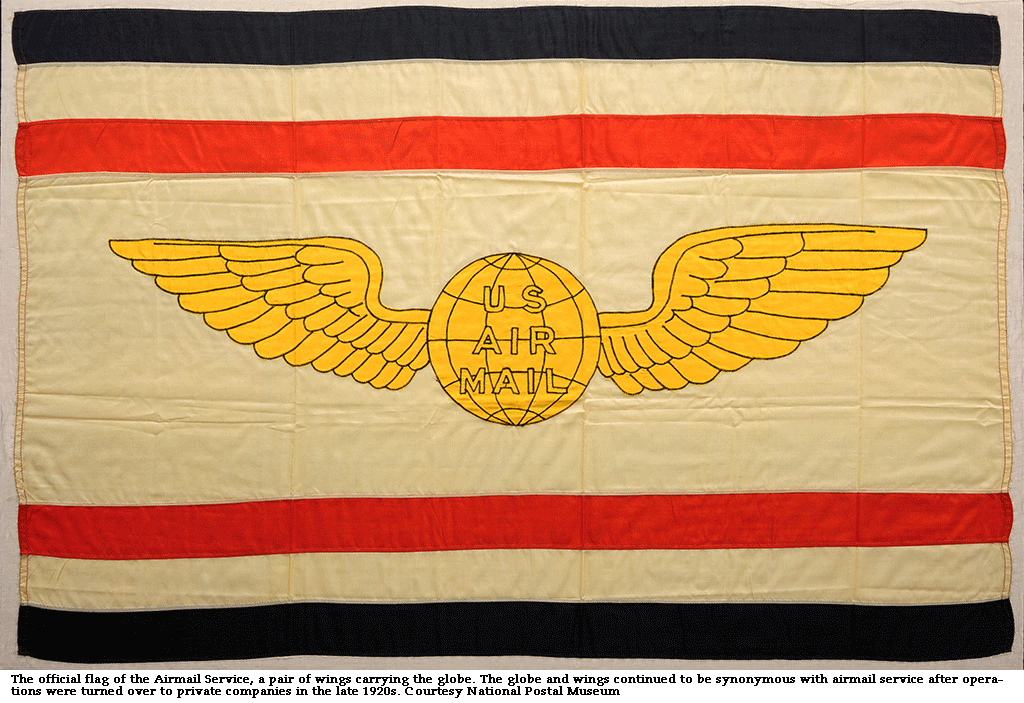
 Postmen of the Skies,” opening Tuesday, May 1, at the Smithsonian’s National Postal Museum, celebrates the 100th anniversary of the first regularly scheduled airmail flights. The exhibition, on view through May 27, 2019, invites visitors to step into the exciting and memorable stories of the airmail pilots whose pioneering flights set the stage for today’s advanced airmail system and commercial aviation.
Postmen of the Skies,” opening Tuesday, May 1, at the Smithsonian’s National Postal Museum, celebrates the 100th anniversary of the first regularly scheduled airmail flights. The exhibition, on view through May 27, 2019, invites visitors to step into the exciting and memorable stories of the airmail pilots whose pioneering flights set the stage for today’s advanced airmail system and commercial aviation.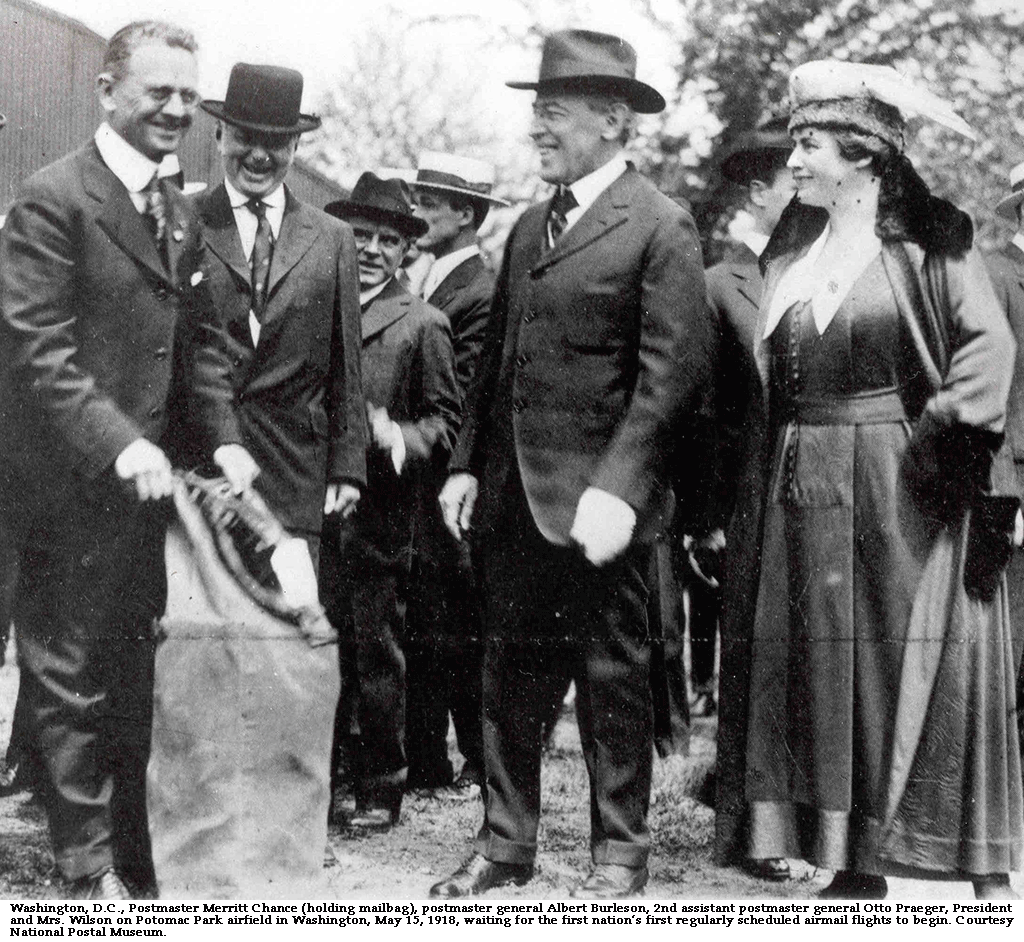 In 1918, the first regularly scheduled airmail service began operations. Planes carried mail between Washington, D.C., Philadelphia and New York City. The nation greeted the new service with enthusiasm. Crowds surrounded airfields in all three cities, eager to watch history in action. The nation became more enamored with their postal pilots as the service grew and news of the service traveled. By Sept. 8, 1920, mail was flying between New York and San Francisco.
In 1918, the first regularly scheduled airmail service began operations. Planes carried mail between Washington, D.C., Philadelphia and New York City. The nation greeted the new service with enthusiasm. Crowds surrounded airfields in all three cities, eager to watch history in action. The nation became more enamored with their postal pilots as the service grew and news of the service traveled. By Sept. 8, 1920, mail was flying between New York and San Francisco.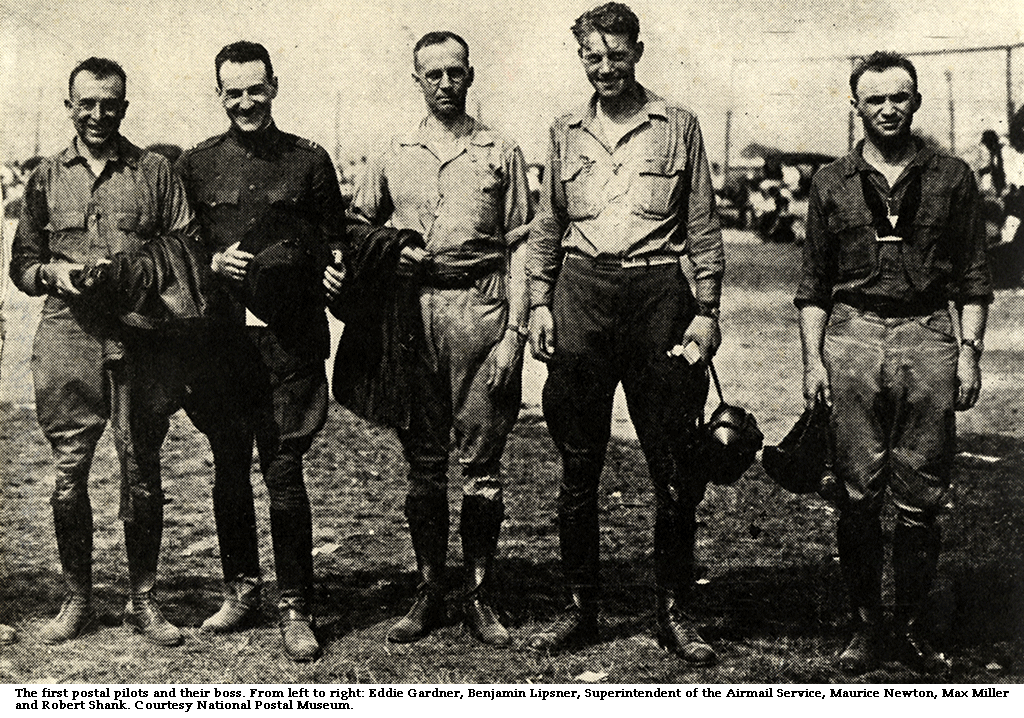 “Dozens of pilots sacrificed their lives to fly the mail for the Post Office,” said Nancy Pope, curator of the exhibition. “At a time when mail was the central communication system, moving it securely and speedily was critical to businesses and important to individuals.”
“Dozens of pilots sacrificed their lives to fly the mail for the Post Office,” said Nancy Pope, curator of the exhibition. “At a time when mail was the central communication system, moving it securely and speedily was critical to businesses and important to individuals.” The U.S. Postal Service will honor the beginning of airmail service by dedicating two U.S. Air Mail Forever stamps this year. The first, depicted in blue, commemorates the pioneering spirit of the brave pilots who first flew the mail in the early years of aviation. The first-day-of-issue ceremony will take place May 1 at 11 a.m. at the museum. The event is free and open to the public.
The U.S. Postal Service will honor the beginning of airmail service by dedicating two U.S. Air Mail Forever stamps this year. The first, depicted in blue, commemorates the pioneering spirit of the brave pilots who first flew the mail in the early years of aviation. The first-day-of-issue ceremony will take place May 1 at 11 a.m. at the museum. The event is free and open to the public.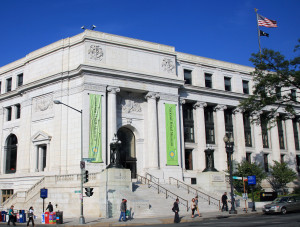 The National Postal Museum is devoted to presenting the colorful and engaging history of the nation’s mail service and showcasing one of the largest and most comprehensive collections of stamps and philatelic material in the world. It is located at 2 Massachusetts Ave. N.E., Washington, D.C., across from Union Station. The museum is open daily from 10 a.m. to 5:30 p.m. (closed Dec. 25). For more information about the Smithsonian, call (202) 633-1000 or visit the museum website at
The National Postal Museum is devoted to presenting the colorful and engaging history of the nation’s mail service and showcasing one of the largest and most comprehensive collections of stamps and philatelic material in the world. It is located at 2 Massachusetts Ave. N.E., Washington, D.C., across from Union Station. The museum is open daily from 10 a.m. to 5:30 p.m. (closed Dec. 25). For more information about the Smithsonian, call (202) 633-1000 or visit the museum website at 

